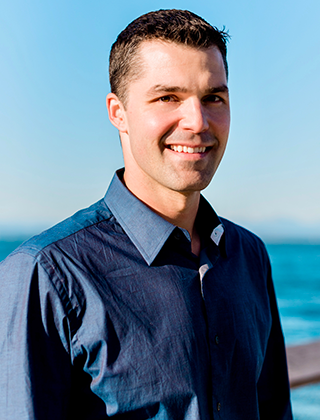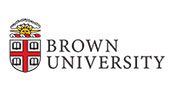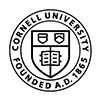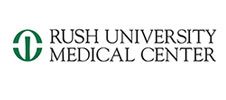Pediatric ACL Tears and Surgery
Dr. Garcia demonstrates his technique for adolescent (pediatric) ACL reconstruction using quad tendon autograft
How is an ACL injury diagnosed?
Diagnosis begins with a patient history and physical exam. The doctor (or sometimes a trainer at the scene of the injury) examines the knee and often uses specific tests to stress the knee to identify the injured ligaments.
An x-ray may be ordered to check for any fractures in the bones of the knee. However, since x-rays only produce images of the bone, they can’t detect soft tissues such as ligaments and tendons. An MRI is often necessary to confirm the diagnosis. This diagnostic imaging exam can show the severity of the injury to the ACL and check for damage to other ligaments and tendons.
What are the treatment options for an ACL injury?
Almost all children, teens and young adults are good candidates for ACL reconstruction surgery. The best surgical option is based on the physical examination, imaging studies and musculoskeletal maturity determined by bone-age measurements.
Physeal-sparing surgery
Physeal-sparing surgical techniques are customized to the growing child’s age. Physeal-sparing surgery eliminates the need to drill tunnels across the growth plate and avoids disturbing the growth plate in younger patients. The risk of re-tearing the graft is about 4 percent. This surgery is the preferred approach for pre-pubescent patients up to about 13 years old.
Transphyseal reconstruction
Transphyseal reconstruction is closer to a traditional adult ACL surgery but keeps the primary fixation away from the growth plate. The risk of re-tearing the graft ranges from 5 to 7 percent. This is the preferred approach for teenagers between the ages of about 13 to 16 or 17.
ACL reconstruction
Young adult patients who have finished growing, typically ages 15 to 16 for females and 16 to 17 for males, are candidates for ACL reconstruction. In this procedure, the orthopedic surgeon takes a graft from the patient’s hamstring or patella tendon, removes the end of the torn ACL and drills tunnels through the growth plate to attach the reconstructed ACL.
What is the long-term outlook following an ACL injury?
Most patients start to use an exercise bike right after surgery, begin physical therapy two weeks after surgery and begin jogging/running three months after surgery. Typically, patients return to sports, often with a custom brace, six to nine months after surgery. The brace is usually worn for one to two years after surgery.


















